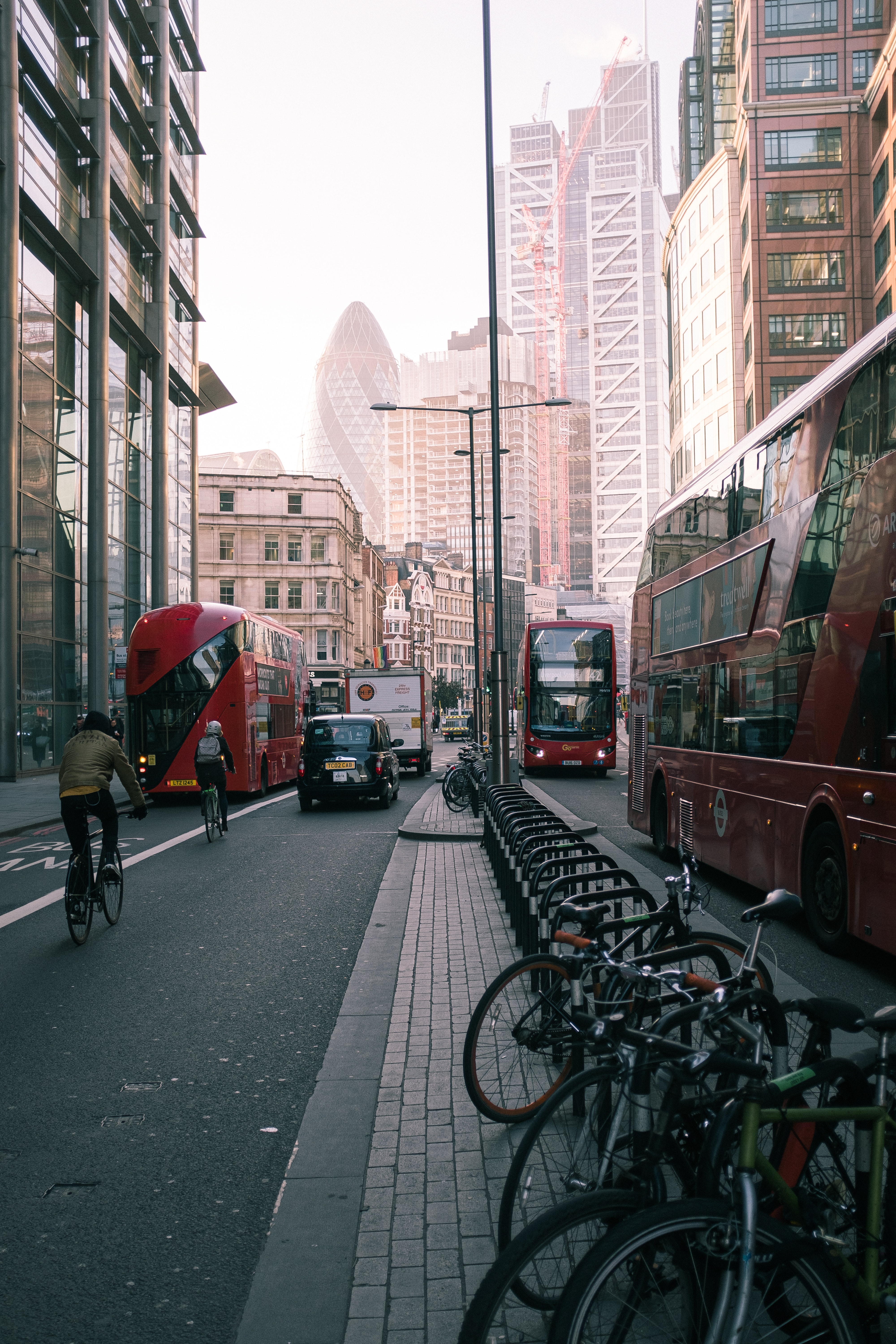Bringing Transportation Back Down to Earth
Posted on by Isabelle Brown
Looking back, it’s fascinating to consider where the world envisioned the transportation industry to be today. Flying cars may be on the table within the next decade, and complex underground tunnel systems are coming to fruition with the emergence of Elon Musk’s The Boring Company.
In a wonderful blog article in Metro Magazine titled “Moonshot or Earthbound: Rethinking Shared Mobility for a Post-COVID Recovery”, the idea of all our nation’s vision for transportation is explored. In short, the transportation and mobility industry has pivoted.
While a Jetson-like daily commute via pneumatic tube is a compelling idea, the approach to transportation is becoming much more centered on unlearning our dependence on single occupancy vehicles.
A Historic Dependence on Cars
The United States’ dependence on driving has been a long time in the making. In the 1930s, there was one registered vehicle for every two households in the US. By 2010, trips under a mile away were being driven over 70% of the time according to Bloomberg CityLab.
Before other nations around the world, America began adapting to car culture through mass motorization and expansive interstate systems that could connect people to anywhere they could want to go in the United States.
The seemingly amazing advancement of transportation and technology has crept into global issues of climate change. In 2019, the transportation sector was reported as the largest contributor of greenhouse gas emissions in the United States by the Environmental Protection Agency.
So, the question is: How do we clean up this mess that has accumulated over time?
People Centered Transportation
Today’s forward thinkers, environmentalists, urbanists, and industry professionals know that our future must center around our communities and human-centered activity. Building on the resources and transportation systems we currently have in place can begin to make for a more equitable society for the average American who doesn't have a Tesla in their budget.

The idea of the 15 Minute City is a perfect jumping off point. Everyone who lives in a city should have access to their needs within a 15-minute walk or bike ride. How can government officials achieve this?
For starters: Investing in projects that strengthen infrastructure surrounding public transportation and active commute modes like walking and biking.
If we had cross-country high-speed railways, would anyone ever choose driving across the US again, or even flying for that matter? If every neighborhood had safe and affordable access to public transit, would anyone continue to worry themselves with paying for and maintaining a car? If people had safe infrastructure to ride their bike, streets would be full of cyclists every single day around the country without a doubt.
Sharing our Streets
No matter where you live, you should have the power to choose how you move around in the world. When streets are made for cars, it doesn’t leave people with much of a fair choice. The transportation industry is taking its head out of the clouds, and back into community-focused policies and funding. I’ll take an E-Bike over a flying car any day!
